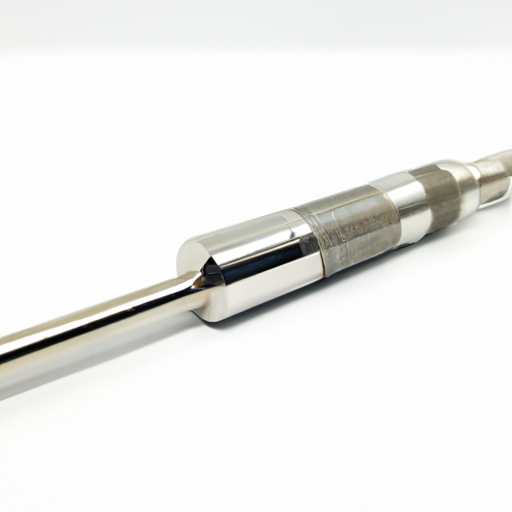Overview of Thermocouples and Temperature Probes
Thermocouples are essential temperature sensors that leverage the Seebeck effect, generating a voltage when two dissimilar metals are joined and subjected to a temperature gradient. Temperature probes, which often incorporate thermocouples, are vital for precise temperature measurement across various applications, ensuring reliability and accuracy in monitoring thermal conditions.
Core Functional Technology

1. Seebeck Effect: The core principle of thermocouples, where a voltage is generated at the junction of two different metals due to a temperature difference. This voltage is proportional to the temperature difference, allowing for temperature measurement.
| 2. Types of Thermocouples | |
| 1. Industrial Process Control | |
| 2. Food and Beverage Industry | |
| 3. HVAC Systems | |
| 4. Automotive Testing | |
| 5. Aerospace Applications | |
| 6. Medical Devices | |
3. Construction: Thermocouples consist of two wires made from different metals joined at one end (the sensing junction) and connected to a measuring device at the other end (the reference junction). This design allows for effective temperature measurement.
4. Signal Processing: The small voltage generated by the thermocouple requires amplification and conversion to a temperature reading, typically using specialized instrumentation such as thermocouple amplifiers and digital converters.
5. Calibration: To ensure accuracy, thermocouples must be calibrated against standard temperature points or reference materials, which is crucial for maintaining measurement integrity.
Application Development Cases
Conclusion
Thermocouples and temperature probes are indispensable tools across various industries, providing critical temperature measurement capabilities. Their versatility, reliability, and accuracy make them essential in process control, safety, and quality assurance. As technology continues to evolve, advancements in thermocouple design and functionality will further enhance their effectiveness in meeting the demands of modern applications, ensuring that industries can maintain high standards of performance and safety.
Overview of Thermocouples and Temperature Probes
Thermocouples are essential temperature sensors that leverage the Seebeck effect, generating a voltage when two dissimilar metals are joined and subjected to a temperature gradient. Temperature probes, which often incorporate thermocouples, are vital for precise temperature measurement across various applications, ensuring reliability and accuracy in monitoring thermal conditions.
Core Functional Technology

1. Seebeck Effect: The core principle of thermocouples, where a voltage is generated at the junction of two different metals due to a temperature difference. This voltage is proportional to the temperature difference, allowing for temperature measurement.
| 2. Types of Thermocouples | |
| 1. Industrial Process Control | |
| 2. Food and Beverage Industry | |
| 3. HVAC Systems | |
| 4. Automotive Testing | |
| 5. Aerospace Applications | |
| 6. Medical Devices | |
3. Construction: Thermocouples consist of two wires made from different metals joined at one end (the sensing junction) and connected to a measuring device at the other end (the reference junction). This design allows for effective temperature measurement.
4. Signal Processing: The small voltage generated by the thermocouple requires amplification and conversion to a temperature reading, typically using specialized instrumentation such as thermocouple amplifiers and digital converters.
5. Calibration: To ensure accuracy, thermocouples must be calibrated against standard temperature points or reference materials, which is crucial for maintaining measurement integrity.
Application Development Cases
Conclusion
Thermocouples and temperature probes are indispensable tools across various industries, providing critical temperature measurement capabilities. Their versatility, reliability, and accuracy make them essential in process control, safety, and quality assurance. As technology continues to evolve, advancements in thermocouple design and functionality will further enhance their effectiveness in meeting the demands of modern applications, ensuring that industries can maintain high standards of performance and safety.